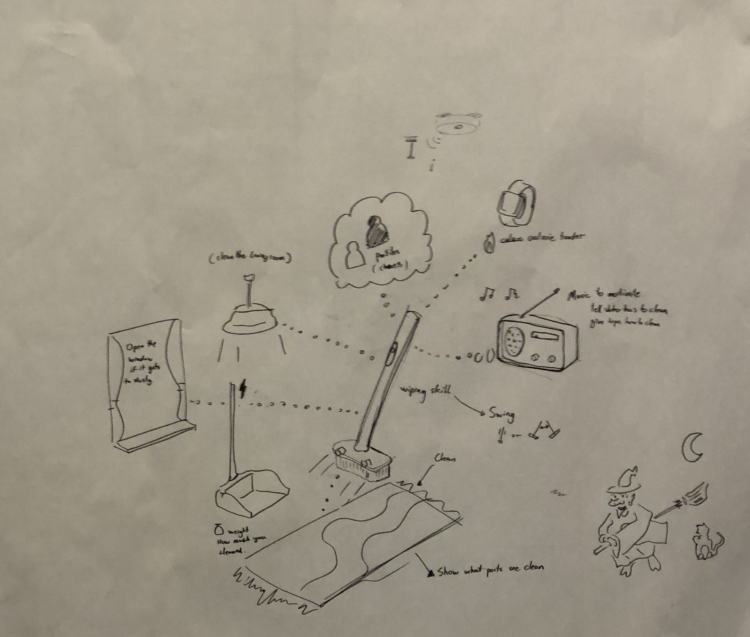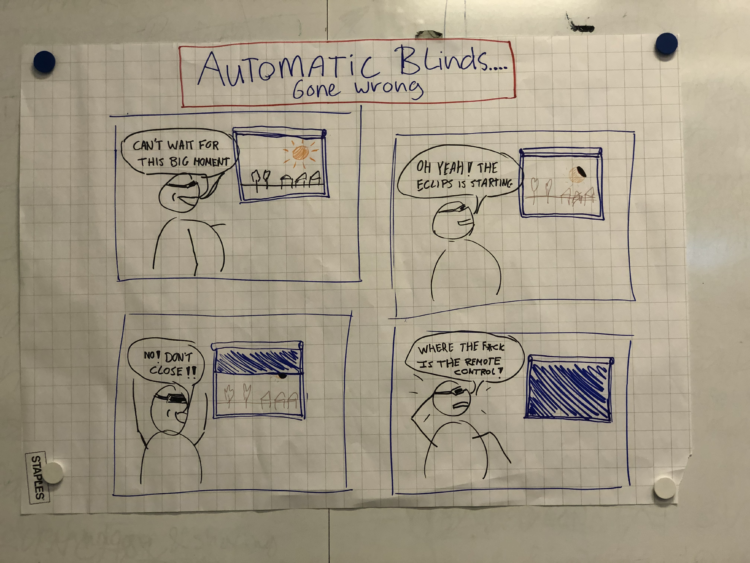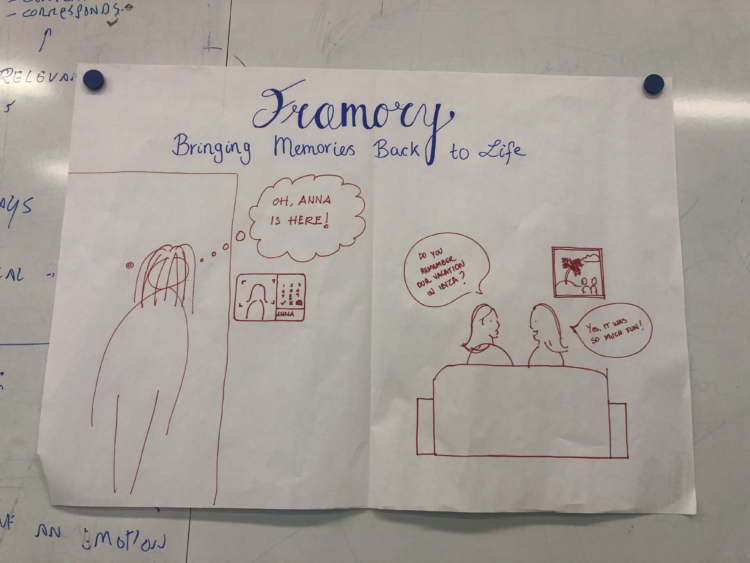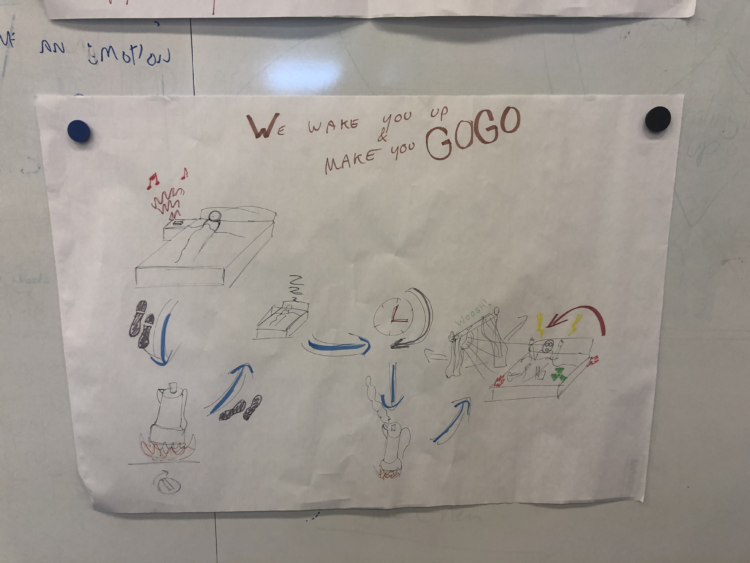Workshop Master Research Day 2020
Just like last year Iskander Smit presented on the Cities of Things research and specifically on the consequences and design challenges of things that predict. Here his findings.
The setup of the one hour session was to first give an introduction to the research and the backgrounds. In the second part the groups were asked to take one of the provided smart products and think what a prediction would add to the functionality and use. Could be positive or negative.
I used IKEA products as inspiration as they are starting to introduce more and more ‘Home Smart’ products. Now mainly light and sound, but it could be possible that adding sensors and connection to other ‘mundane’ products will follow. The Smart Blinds are the first step.
The groups looked at the following cases I created:
- Borstad broom home smart edition; log your cleaning and get tips for best wiping skills
- Hektar home smart lamp with 3 Tradfri bulbs; personalize your lighting plan
- Ribba home smart picture frame; all the artwork of the world on one frame
- Moppa home smart jug; be healthy and optimize your liquid consumption
- Metallisk home smart espresso maker; discover how to create the best espresso
- Borstad home smart laundry basket; never too late to wash your dirty laundry
- Kandrilj home smart blinds; easy up and down, wake up with sunlight


Choosing for hacking an existing smart object with predicting qualities is one of the research approaches and also a concrete possibility for graduation projects within the Delft Design Lab Cities of Things. In this one hour workshop the scenarios where of course quite rough and my intention is to bring the topic of research more alive than doing just a presentation.
According to the results of the workshop and the discussions around it that goals is definitely met. It was also clear to the participants and myself that is still quite a leap to go from a ‘dumb product’ to a predicting product, even with the description provided. My learning for the next time (and in case I have more time for the workshop) to break down the different aspects:
- understand what the smart object does and can do
- identify what networks and external data sources are involved
- come up with a possible prediction that can be formed based that data and network
- design new behaviour of the object resulting from that prediction
- reflect on the change in the relation between the user and the object
Next to this findings it was good to see how the presentation and workshop triggered a discussion on the need for a smart object and the risks of adding predictions to the mix. I explained that this is indeed one of the important topics of research within my research but also with others that touch the intelligent objects.


